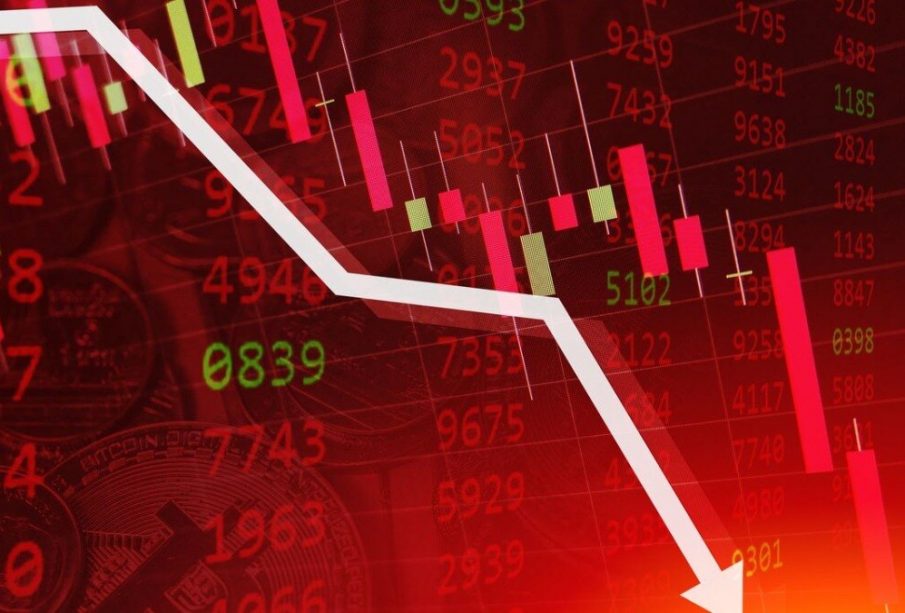Understanding the Recent Fall in Sensex and Nifty

Introduction
The recent downturn in India’s stock market, particularly reflected in the Sensex and Nifty indices, has raised concerns among investors and market analysts alike. As two of the most significant benchmarks for equity performance in the country, the fluctuations in these indices often serve as indicators of the overall economic mood. Understanding the reasons behind this decline is vital for investors aimed at making informed decisions during this volatile period.
Market Overview
As of the latest market report, the Sensex has experienced a notable drop of over 600 points, while the Nifty fell approximately 180 points, marking significant declines over the past few trading sessions. This recent fall comes after a series of all-time highs earlier in the year. Economic uncertainties, inflation fears, and global market sentiments are among the leading factors contributing to this downward trend.
Key Factors Behind the Fall
1. Global Market Trends: Global factors such as rising oil prices, tightening monetary policies by central banks around the world, and geopolitical tensions have exacerbated market instability. Investors are responding to these external pressures by pulling back on investments in riskier assets like stocks.
2. Domestic Economic Indicators: Domestically, the Indian economy faces challenges such as inflation rates that continue to rise above the Reserve Bank of India’s target. Investors worry that the central bank may need to increase interest rates, which could further slow economic growth.
3. Sector-specific Weakness: Specific sectors have shown weakness, particularly those heavily reliant on consumer spending and discretionary spending. Companies in these categories are forecasted to face a tough quarter ahead, which is dampening investor sentiment.
Potential Impacts on Investors
For retail and institutional investors, the fall in Sensex and Nifty represents both challenges and opportunities. While short-term volatility can lead to uncertainty, long-term investors might view the dip as an entry point into quality stocks at lower valuations. Financial advisors suggest a cautious approach, advocating for a diversified portfolio to mitigate risks.
Conclusion
The current fall in the Sensex and Nifty highlights the dynamic nature of the stock market and its sensitivity to both domestic and global economic factors. As the situation evolves, investors are urged to stay informed about market trends and remain adaptable in their investment strategies. Understanding these factors will be crucial for future positioning as recovery signs emerge or further pressures manifest in the market.









